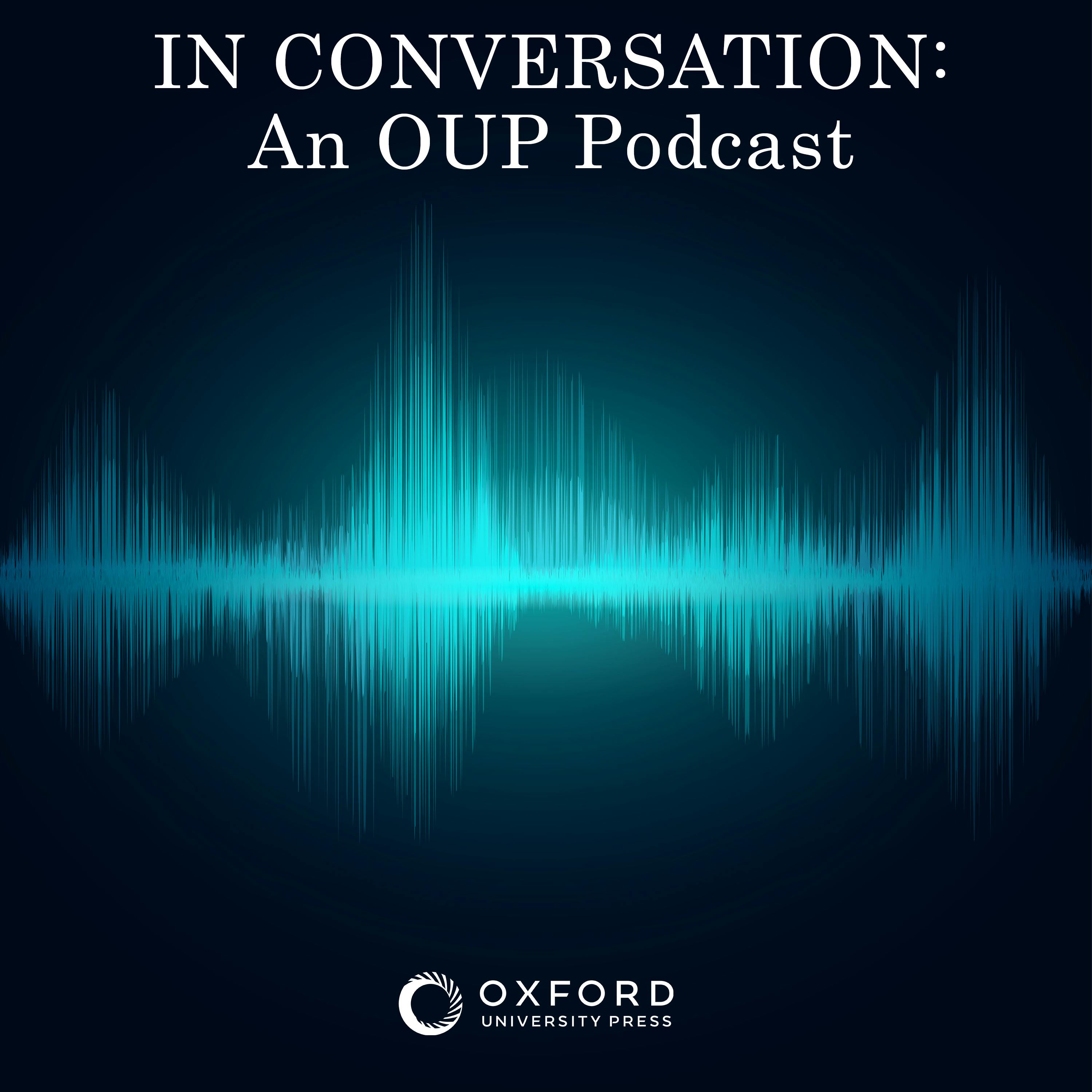
Todd Moye, “Freedom Flyers: The Tuskegee Airmen of World War II” (Oxford UP, 2010)

In Conversation: An OUP Podcast
Shownotes Transcript
In the 1940s, the United States military performed an “experiment,” the substance of which was the formation of an all-black aviation unit known to history as the “Tuskegee Airmen.” In light of the honorable service record of countless African Americans, allowing blacks to become fighter and bomber pilots might not seem very “experimental” to you, but you have to put yourself in the mindset of the era in question to understand how “experimental” it was. Jim-Crow segregation was nearly universal, especially, though not exclusively, in the South. The armed forces were similarly segregated, with blacks serving in what might be mildly called “auxiliary roles” and whites doing all the commanding and fighting. There were few black officers (and they never supervised white troops) and no black military pilots. Most of the (nearly all white) “brass” could not conceive of integrated units and doubted the ability of African Americans to serve as line officers; most of those in the majority white voting public shared these views. When the argument to native ability failed (after all, black units had performed well in the Civil War and World War I), opponents of integration fell back on a familiar argument: if “we” allow “them” to serve with “us,” chaos will ensue and fighting effectiveness will suffer.
But black leaders didn’t buy it; they wanted integration. The Roosevelt administration sat on the fence. It clearly couldn’t embark on full-scale integration (and, it must be said, FDR himself had doubts about it), but it couldn’t forgo black votes. So it compromised: blacks would get one high-profile flying unit, but integration would be deferred. And so the great experiment began. Todd Moye) has mined the archives and talked to the airmen to tell the tale of how said experiment proceeded in his terrific Freedom Flyers: The Tuskegee Airmen of World War II )(OUP, 2010). It’s a tale I found both uplifting and shocking. I’m not usually one to heap praise on people, but the pilots themselves were remarkably brave. It is hard for me to imagine what they went through to get their wings and fight for the country they loved. I found myself again and again asking “How could they do that?” Todd does a terrific job of setting the scene and helping us understand their struggle. I confess I find it just as hard to enter the mindset of those whites who stood against them. They were racists and more frighteningly racists with absolutely clean consciences. When they said that blacks didn’t have the “right stuff” to become pilots, to command troops, to serve in integrated units, they believed it. Their testimony, again very ably related by Todd, is simply difficult to read. Here too I found myself asking again and again “How could they do that?”
It was a different world. Parts of it, however, are obviously still with us. What is “Don’t Ask, Don’t Tell” but the executive branch’s attempt to find a “middle way” between integrationists and their opponents? Harry Truman, where are you now?
Please become a fan of “New Books in History” on Facebook) if you haven’t already.